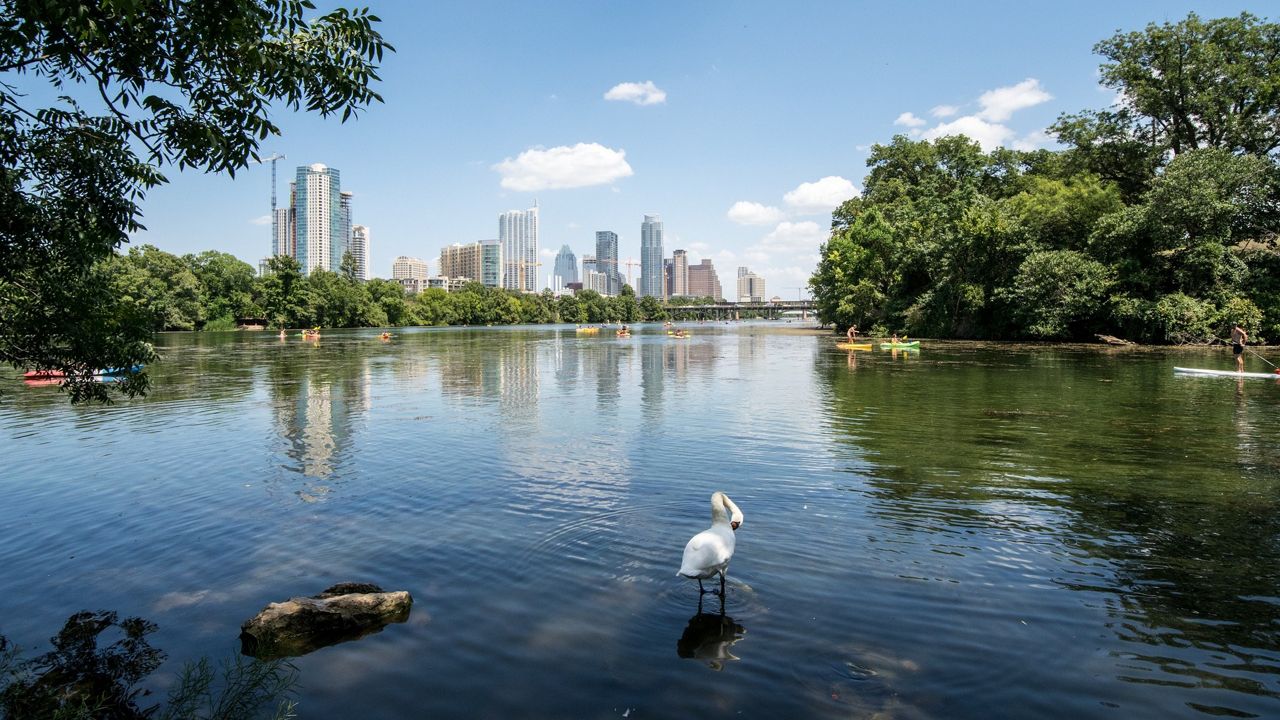AUSTIN, Texas — The City of Austin tweeted a warning about an increased risk for harmful algae in Lady Bird Lake based on seasonal conditions.
What is Blue-Green Algae?
According to the city’s website, a harmful algae bloom occurs when cyanobacteria, also known as blue-green algae, produce toxins. Harmful algae bloom appeared in Lady Bird Lake in 2019, killing and sickening several dogs.
It’s possible that another round of blue-green algae may occur in the lake this summer. The lake is at an increased risk when water temperatures are warmer and there is less flow through the lake.
Safety Recommendations
City officials say if you allow your dog to swim in Lady Bird Lake, you do so at your own risk.
As a precaution the city offers the following recommendations:
- Keep dogs away from floating mats of algae and stagnant areas of the lake.
- Rinse your dog after contact with the water.
- If your dog becomes sick after swimming, take your dog to a veterinarian immediately.
Symptoms
Dogs are at risk when they ingest blue-green algae directly or lick it off their fur. The following symptoms can occur within minutes or hours after exposure:
- Excessive drooling, vomiting and diarrhea
- Foaming at the mouth
- Jaundice and hepatomegaly
- Blood in urine or dark urine
- Stumbling
- Loss of appetite
- Photosensitization in recovering animals
- Abdominal tenderness
- Progression of muscle twitches
- Respiratory paralysis
Risk for Humans
According to the city’s website, the risk to people is low. The blue-green algae bloom in 2019 appeared to only affect dogs. The toxins from the algae were not released into the water.
